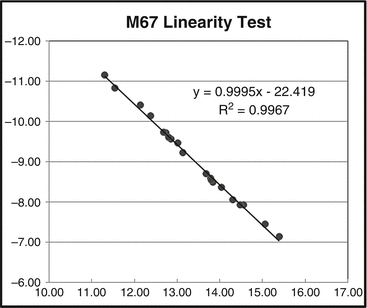Canopus Photometry Software
- Canopus Photometry Software Free
- Canopus Photometry Software Windows 10
- Free Photometry Software
- Canopus Photometry Software Reviews
The Photometric Light Curves and the Rotation Period of the Asteroid 3122 Florence
Abstract
This study presents our results of the 3122 Florence asteroid photometric observations. We focused on the light curve construction and on the subsequent rotation period determination. Duration of our observations spanned four nights during which we obtained three relatively high-quality light curves. Observational data have been combined into one file and by using the MOP Canopus software we have determined the value of the rotation period to be P = 2.352 pm 0.210 hours.

Free software = download free, software and also open source code also known as FOSS (Free and Open Source Software). Free software Trialware = download free, software and also open source code but some parts are trial/shareware. Freeware Ads = download free, software but supported by advertising, usually with a included browser toolbar. Obtain the maximum S/N ratio, all asteroid photometry data were taken using an IDAS clear filter. Image acquisition and standard calibrations were done using Astroart, published by MSB Software. Photometric measurements and lightcurves were prepared using MPO Canopus, by BDW Publishing. Differential photometry was used in all cases. Software tools for Supernova Searching. There’s a plorithera of astronomy software out there for everything from the ktichen sink to photometry. I have found it hard to wade through this thick soup of software titles when trying to identify what is needed for research goals such as supernova searching.



- minor planets;
- near Earth objects;
- 3122 Florence;
- photometry;
- periods
Doing the four steps (select aperture size, measure 'star + sky', measure 'sky-only', and subtract to get 'star-only') for two or three stars on each image, and then repeating for several images, is a tedious and error-prone process if you do it manually. Happily, all of the most popular astronomical image-processing software programs include routines that automate most of these steps. CCDSoft (Software Bisque), AstroArt (MSB Software), MaximDL (Diffraction-Limited), MPO Canopus (BDW Publishing), IRAF (distributed free by National Optical Astronomy Observatories) all provide powerful photometry routines that automate the four steps, and most of the other functions that are discussed in this chapter. The user's manual for the software that you use for image acquisition and processing will explain the capabilities and procedures for using its photometry tools. Some packages will enable you to define the target and comp stars, and bang, out comes the target star delta-magnitude. Most will allow you to define two or more 'comp stars' (e.g., a 'comp star' and a 'check star'). The 'check star' is used to confirm that the comp star isn't varying in brightness. Some of these programs can be instructed to analyze a whole series of images, and create a light curve almost unattended.
Canopus Photometry Software Free
Hence, you probably won't go through the meticulous manual detail of the four steps for your projects (except perhaps once or twice, to confirm that you understand what your software is doing behind the scenes). It is useful to understand the fundamental principles, however, so that you'll understand the reasons behind several of the image-processing and calibration steps, as well as the pitfalls that can come your way when you're doing a photometric research project.

Some software packages will link your image to a star-chart database and attempt to give you the actual magnitude of the target (instead of its delta-instrumental magnitude relative to the comp star). Unfortunately, all of the popular star catalogs used in the planetarium programs have serious photometric problems [2]. The Guide Star Catalog, which forms the basis for most planetarium programs' stellar database, cannot be relied upon for photometry. Errors of ±0.5 magnitude are not unusual in the GSC. The V-magnitudes reported in the Tycho Catalog (also a popular basis for planetarium programs) are better, but still are good to only about ±0.1 magnitude. (There is a pretty simple formula that will transform Tycho magnitudes to the standard V-band with much better accuracy [3, 4], but that isn't included in the popular planetarium programs.) The UCAC2 Catalog—the recommended catalog for astrometry—is also not a very good photometric reference (±0.2 magnitude). This isn't a failing of the planetarium programs, nor of their star catalogs. These catalogs were developed specifically for astrometry, and they are very, very good at that. They were never intended to be used for accurate photometry.
Canopus Photometry Software Windows 10
Therefore, for most photometric projects, you will refer to a well-determined photometric database (such as the AAVSO star charts) for the 'true' magnitude of your comp stars. You will then determine the brightness of your target from the delta-magnitude between your target and the comp stars.
If for some reason you don't have well-characterized comp stars in the FOV of your target, it is still possible to determine accurate photometry on the standard B, V, R color system. I'll describe how in Section 4.7. The procedure is well within the capability of a patient amateur astronomer, but it does entail some additional work compared with differential photometry. Happily, it is not necessary for most amateur photometric projects.
Free Photometry Software
Continue reading here: Absolute vs differential photometry
Canopus Photometry Software Reviews
Was this article helpful?